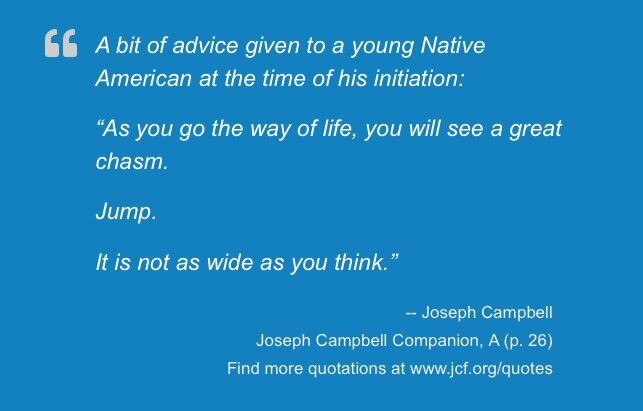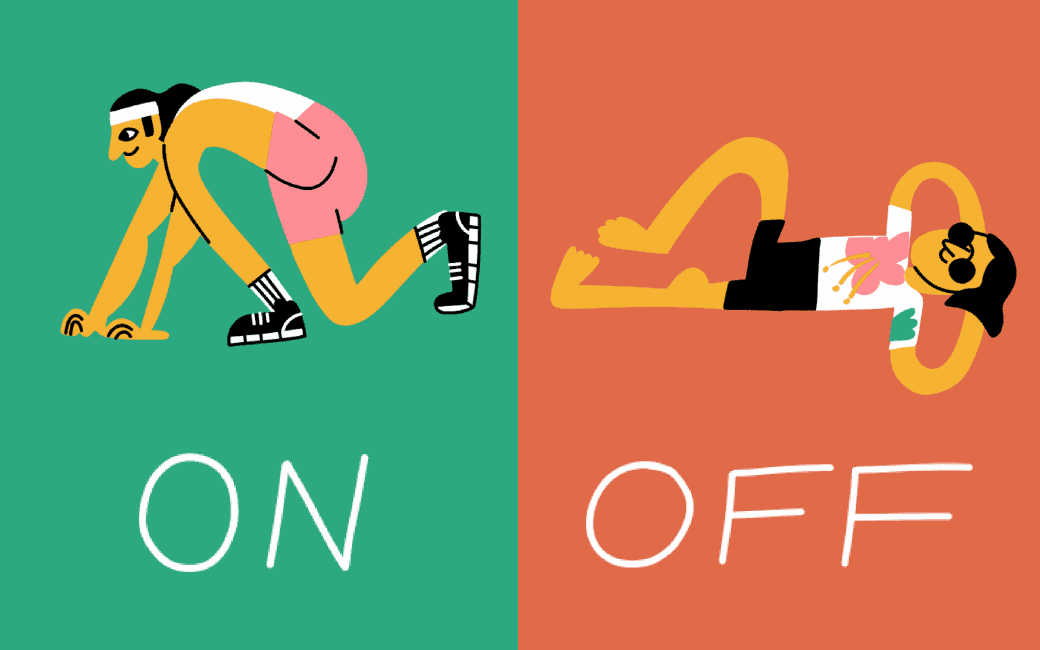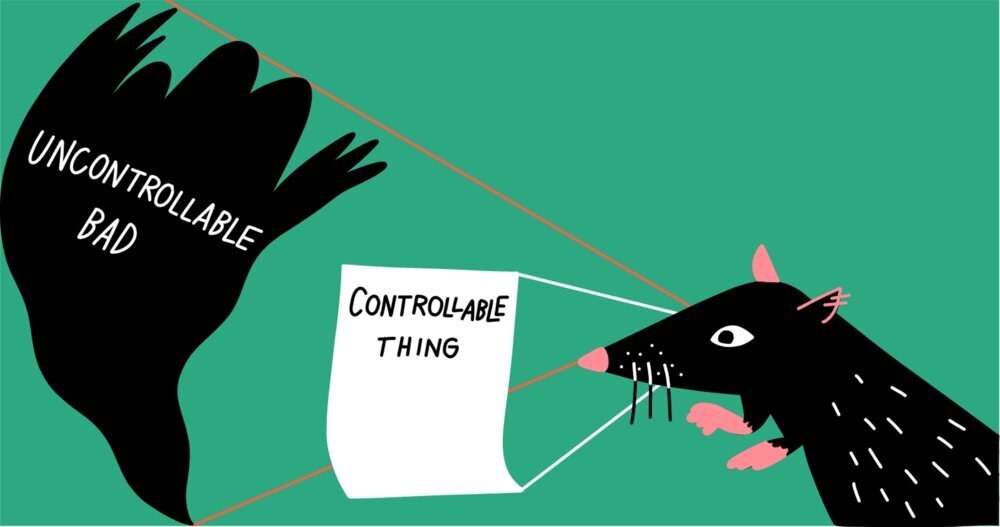Things Might Go Terribly, Horribly Wrong: A Guide to Life Liberated from Anxiety
"Self" as a Verb
The creation of your identity is an ongoing, dynamic process that continues to take place for as long as you are breathing...
Sometimes, though, we all fall into repetitive patterns of responding that, over time, make us progressively less sensitive to context. Anxiety can be part of such a repetitive pattern...
Consider the question, "Am I an anxious person?" ...The way you organize your activities around that answer can have a huge impact on your experience of life. This is especially true if you've had a long history of struggle with anxiety.
"Self" as a Verb
The creation of your identity is an ongoing, dynamic process that continues to take place for as long as you are breathing...
Sometimes, though, we all fall into repetitive patterns of responding that, over time, make us progressively less sensitive to context. Anxiety can be part of such a repetitive pattern...
Consider the question, "Am I an anxious person?" ...The way you organize your activities around that answer can have a huge impact on your experience of life. This is especially true if you've had a long history of struggle with anxiety.









